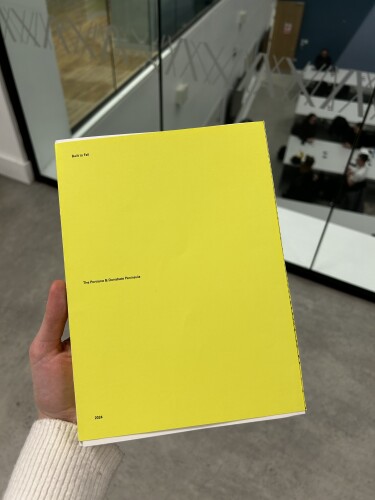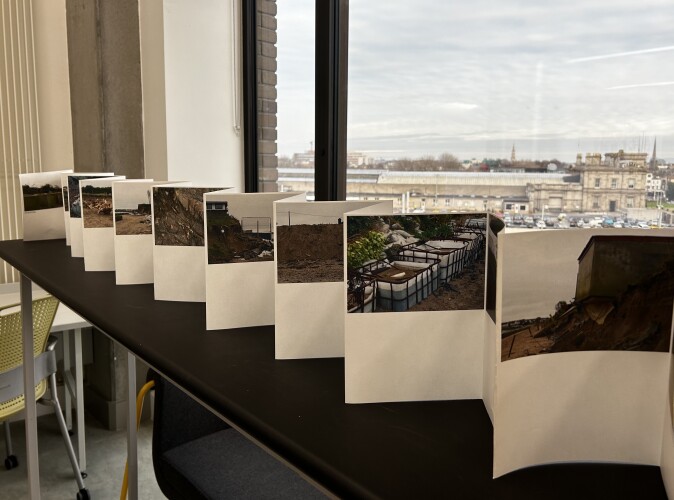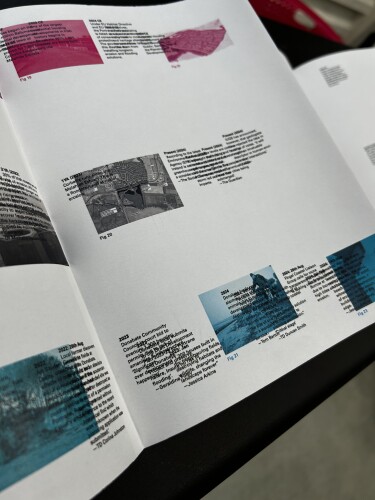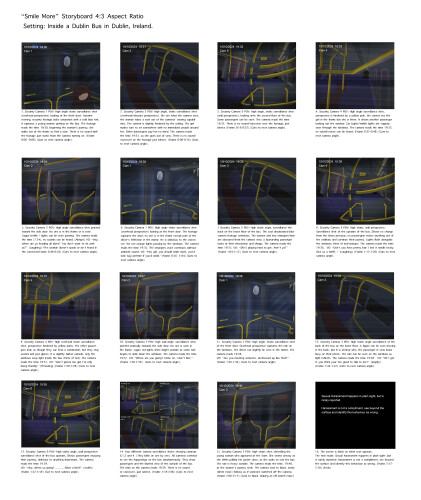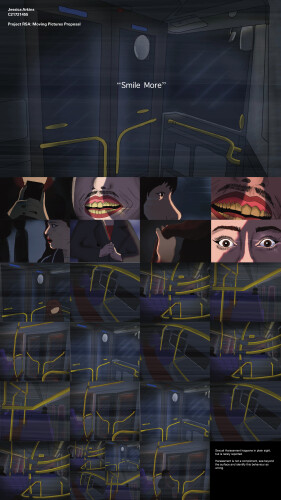Built to Fall
Built to Fall is a visual and narrative exploration of environmental degradation in Portrane & Donabate peninsula I’ve called home all my life. The towns are surrounded by water, shaped by natural and human forces. The landscape is now rapidly deteriorating due to erosion, climate change and unsustainable overdevelopment. The project documents the irreversible changes caused by human impact, from disappearing shorelines and ecosystems to displaced communities.
Presented through a 20-page, double-sided leporello, the work combines personal photography, sourced imagery, graphs and extensive research. Three typographic timelines of human settlement, geological change, and local narratives run parallel, with overlapping, distorted text symbolising the human impact and collapse of order since 1947. A neon yellow, sealed cover urges interaction while hinting at environmental urgency. Metaphors and historical context, preserve what remains and highlight what’s been lost. This project is for my community, environmental advocates and policymakers, dedicated to those directly affected.
